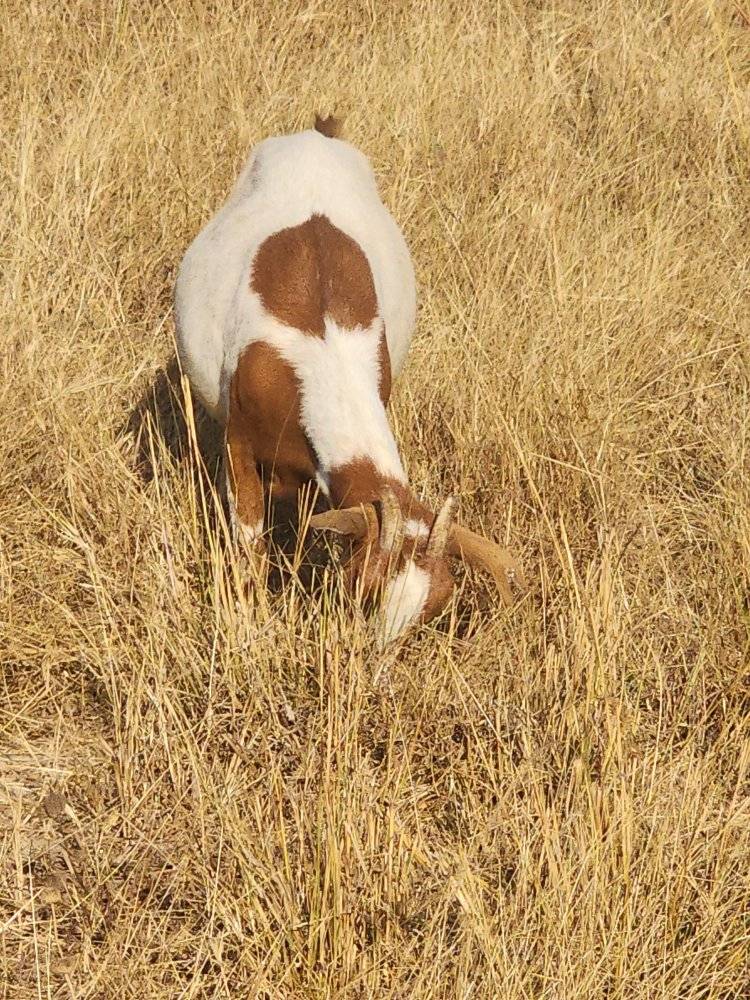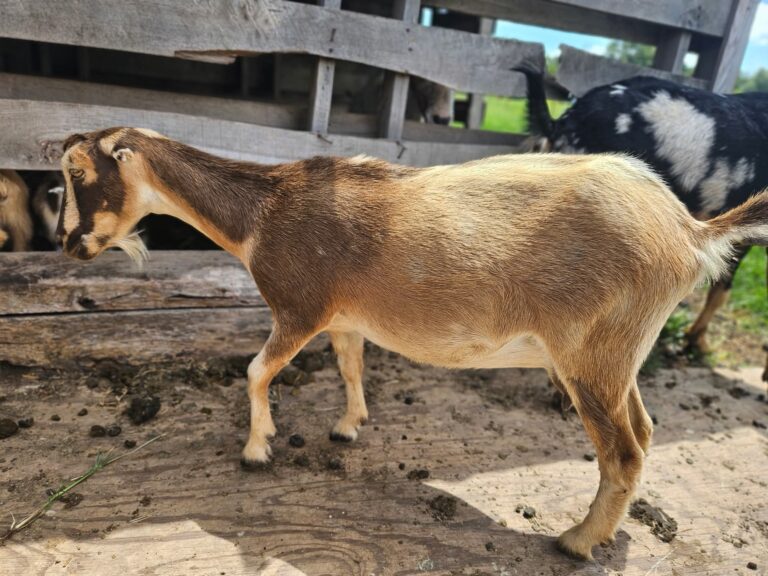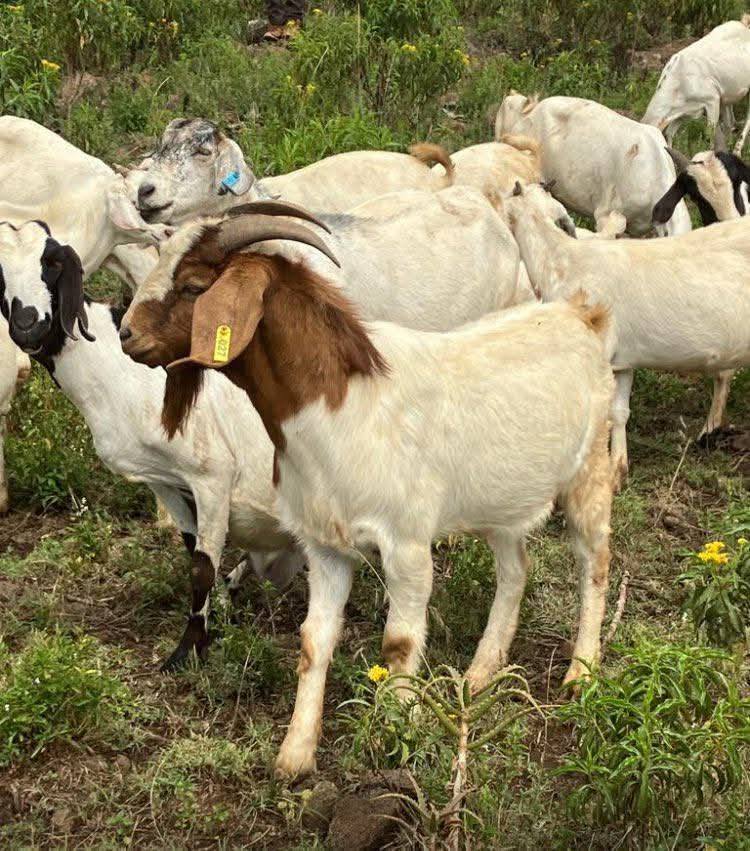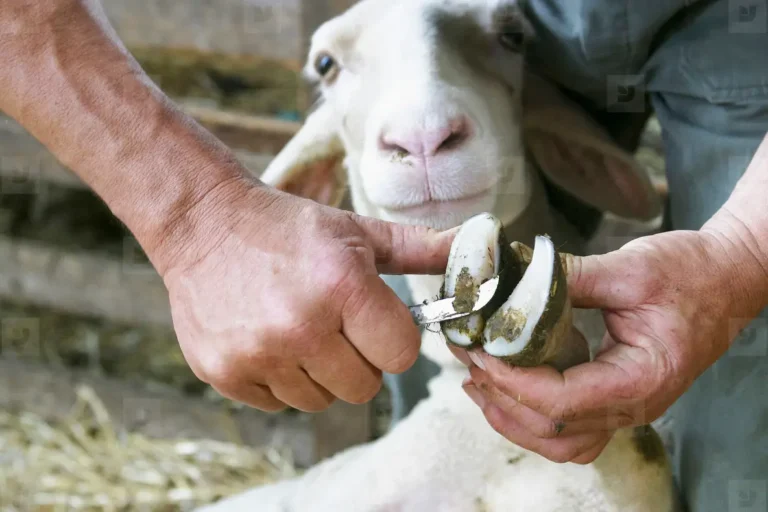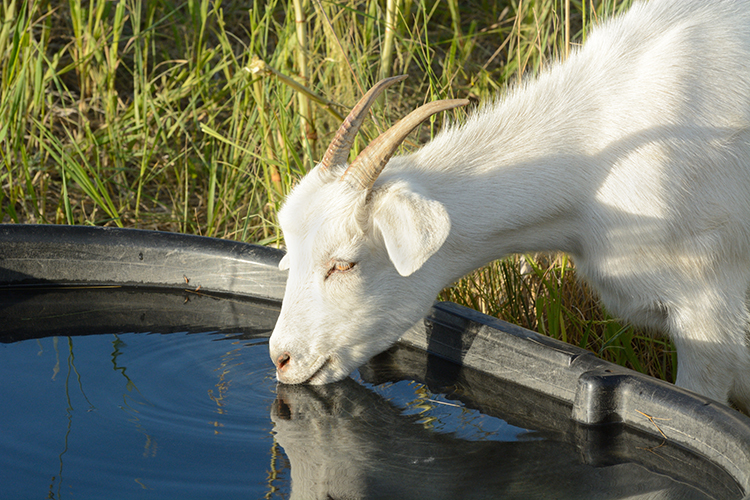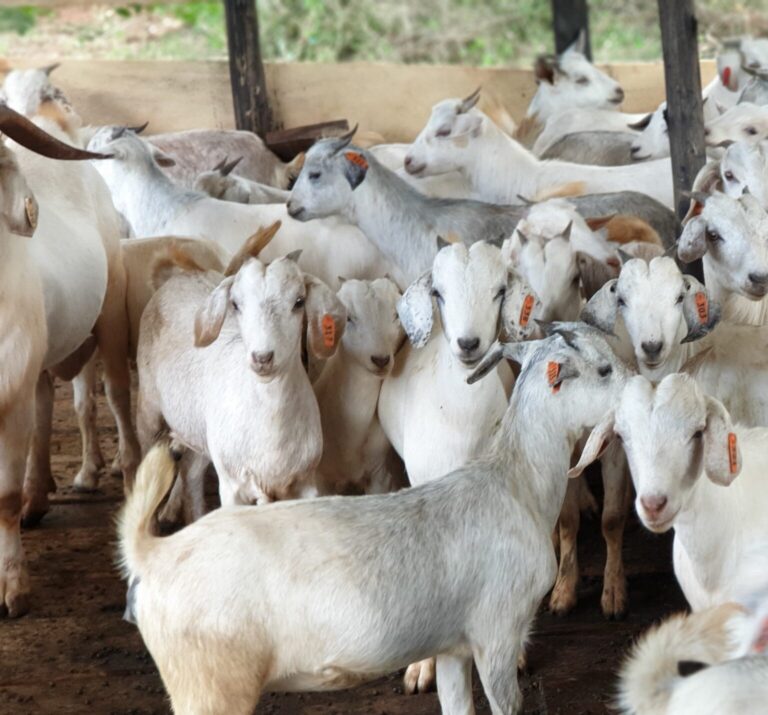Raising goats successfully begins with where you raise them.
Goats are adaptable animals, but their productivity, health, and profitability are significantly influenced by the land and climate conditions of your farm.
Choosing a suitable environment reduces disease risks, lowers maintenance costs, and improves both meat and milk output.
Whether you’re starting a backyard herd or launching a commercial enterprise, this guide explains the ideal land and climate features for profitable goat farming.
Preferred Climate Conditions for Goats
Goats are naturally suited to warm, dry climates. In fact, their ability to thrive in semi-arid and arid regions is one of their greatest advantages over other livestock.
Their browsing nature, resistance to heat stress, and relatively low water requirements make them excellent for regions with seasonal rainfall and moderate humidity.
Ideal temperatures for goat comfort range between 55°F and 75°F (13°C to 24°C). While goats can adapt to colder or hotter climates, extremes on either side require added infrastructure. For instance, in colder areas, you’ll need insulated housing and wind protection. In hot and humid climates, proper shade and ventilation become essential to avoid heat stress and respiratory infections.
Goats are also vulnerable to prolonged wetness, which encourages parasite growth and hoof-related issues. Therefore, moderate rainfall (preferably seasonal) is ideal, as it supports pasture growth without creating consistently damp ground.
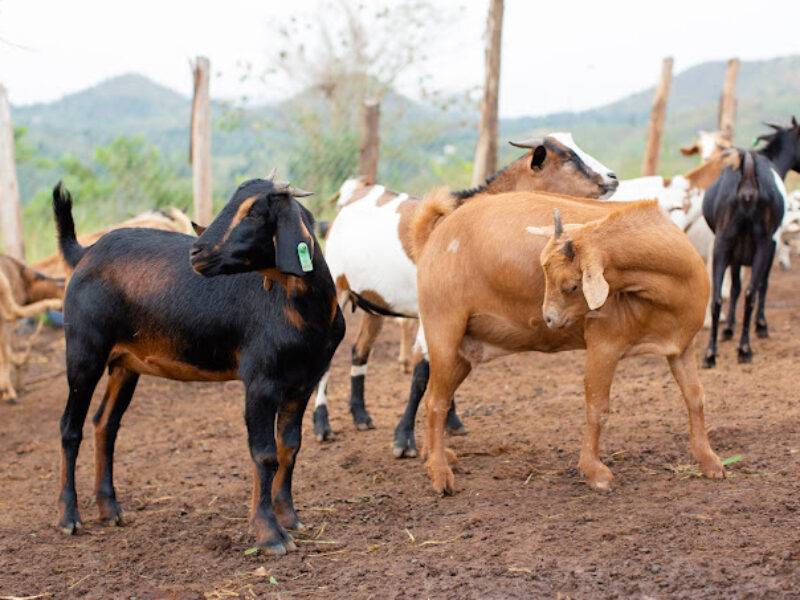
Topographical Features of Ideal Goat Land
Goats are natural climbers and prefer hilly or slightly sloped terrain. Land with gentle slopes or rolling hills is perfect for several reasons: it promotes natural drainage, minimises waterlogging, and provides a more engaging landscape for browsing. These features also discourage the buildup of mud and parasites, both of which thrive in stagnant, wet environments.
On the other hand, flat, low-lying land tends to retain water after rainfall, creating breeding grounds for disease-carrying organisms. If your land is flat, consider building elevated housing and improving drainage to make it more goat-friendly.
Soil Type and Vegetation
The quality of your soil indirectly affects your goats’ health by influencing the quality of pasture and browsing materials available. Well-drained loamy or sandy soils are best, as they reduce parasite survival rates and support diverse forage growth.
As browsers, goats prefer to eat shrubs, vines, and tree leaves rather than short grasses. So land with mixed vegetation (including bushy plants, legumes, and woody perennials) is more beneficial than flat grasslands alone. Having natural forage reduces your feed expenses and supports healthier rumen development in young goats.
If your land is barren or overgrazed, you may need to invest in reseeding forage crops or rotational grazing systems to allow vegetation to recover.
Land Size Recommendations
Goat stocking rates vary depending on climate, forage availability, and grazing systems. In general:
- In dry areas with limited vegetation, you may need one acre per 2–4 goats.
- In lush or irrigated pastures, you can raise 6–10 goats per acre with proper pasture rotation.
A minimum of half an acre is recommended for small backyard herds, especially if you plan to supplement with hay and concentrate feeds.
More land offers better disease control, gives you space to rotate pastures, and reduces soil nutrient depletion.
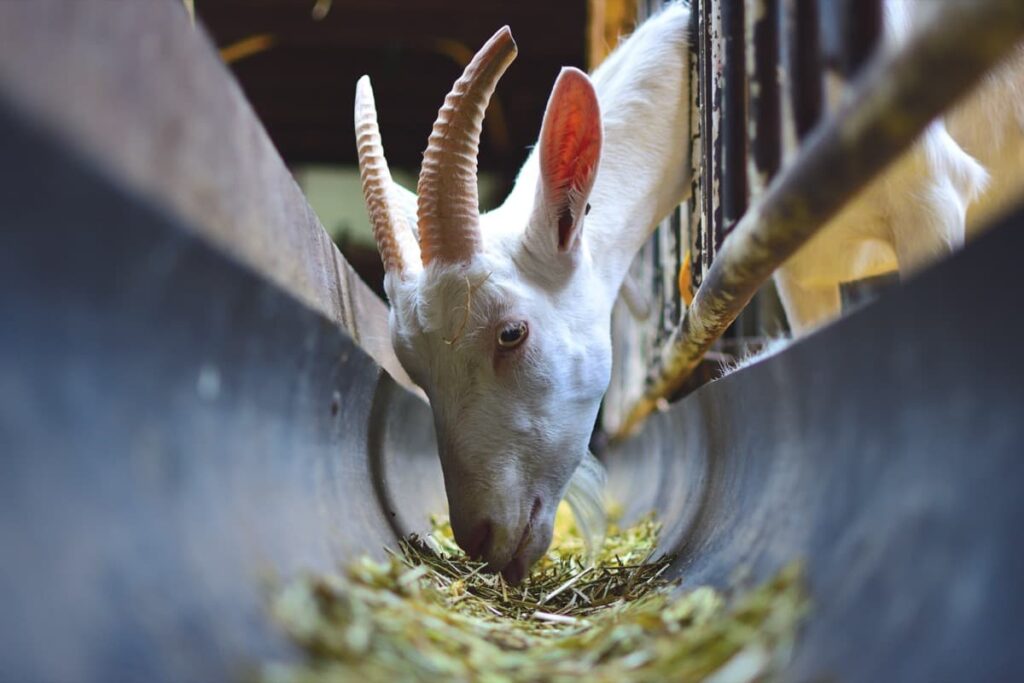
Access to Water and Shelter
Even though goats consume less water than cattle, clean and accessible water must always be available.
Your land should either have a natural water source (like a stream or pond) or be close enough to piped water systems for troughs or tanks.
Dehydration lowers milk production and growth rates, and can be fatal during hot seasons.
Your land should also allow for proper shelter placement. Elevated, shaded areas away from wind corridors are ideal spots to build goat housing.
Ensure there’s room to isolate sick animals, create kid pens, and store feed safely.
Predator Control and Safety
Choice of location is also important for safety reasons. Goats are frequent targets of predators such as coyotes, stray dogs, and even hawks in the case of kids.
Choose land that can be securely fenced or is naturally protected. Avoid properties near forest edges unless you have strong predator-proof fencing.
The landscape should also be visible enough to monitor goats easily, especially if you’re managing a large, semi-free range herd.
Zoning and Legal Considerations
In the U.S., some suburban or peri-urban areas may restrict livestock farming or limit the number of animals you can keep.
Before you commit to a piece of land, check local zoning laws, animal unit restrictions, and water usage permits.
This is especially important if you plan to scale your herd, build permanent structures, or sell animal products commercially.
Wrapping Up
Goats are flexible but not invincible. The ideal land and climate conditions for raising goats include well-drained soil, gentle slopes, mixed vegetation, and moderate rainfall,supported by infrastructure for clean water, shade, and safety.
Even if your current land isn’t perfect, strategic improvements like planting browsable forage, building elevated housing, or improving fencing can transform it into a productive and sustainable goat farm.
Related:

